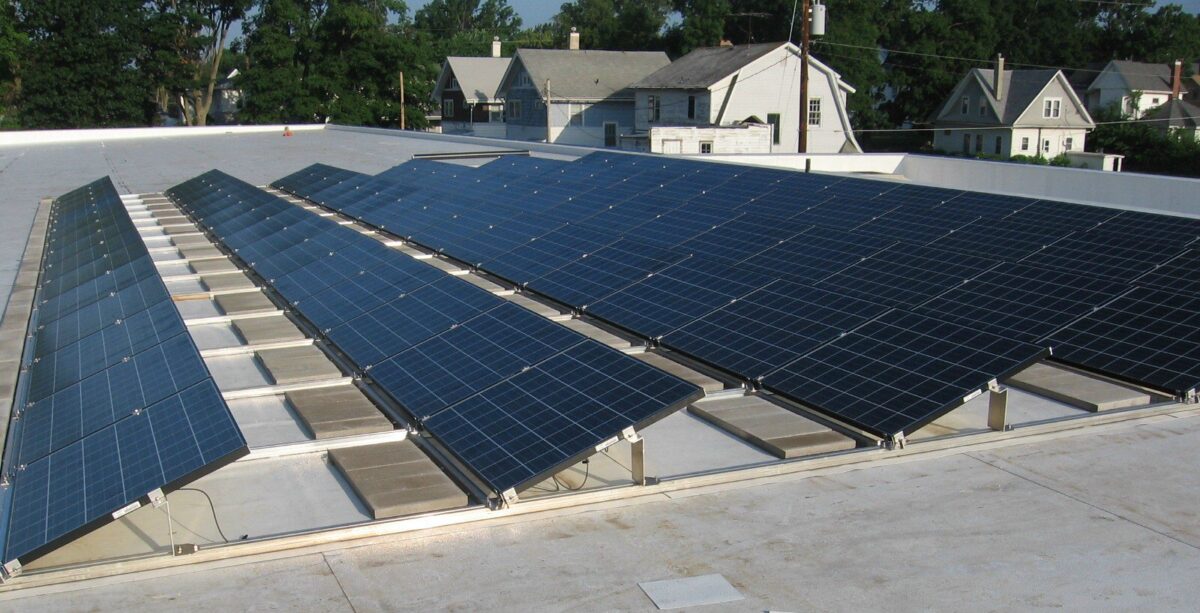Researchers from the University of New South Wales (UNSW) and the University of Technology Sydney have developed algorithms they claim can automatically pinpoint a range of common solar panel underperformance issues including wiring faults, degradation, and shading.
UNSW School of Photovoltaic and Renewable Energy Engineering Senior Lecturer Fiacre Rougieux said the technology can also identify clipping, tripping and export limits and has the potential to revolutionize PV system fault diagnosis.
“This is a game changer for Australian residential and commercial system operators,” he said. “By analyzing inverter and maximum power point data every five minutes, this algorithm can accurately diagnose underperforming issues, enabling early intervention and maximizing energy production.”
Rougieux said the researchers, working together as part of a NSW Smart Sensing Network project, used sensors and different types of analytical approaches to develop a two-tiered approach to diagnosing solar panel underperformance, which is costing an estimated AUD 7 billion ($4.6 billion) globally in preventable losses.
“We have created a high-level diagnosis using just AC power data, which can detect broad categories of issues such as zero generation and tripping,” he said. “The benefit of this approach is that this diagnosis is fully technology agnostic and can work with any inverter and maximum power point tracker brand.”
With many inverter brands give rich AC and DC information, Rougieux said the team also developed a more detailed algorithm using both AC and DC data, which can provide more actionable insights for asset owners by detecting and classifying more specific faults like shading and string issues.
“This type of diagnosis requires both statistical rule-based methods backed up by machine-learning approaches for cases which cannot be captured by conventional rule-based methods,” he said.
The technology has now been fully integrated into a commercial production platform, which is being used by project industry partner Global Sustainable Energy Solutions to monitor more than 100 MW of solar.
UTS team leader Ibrahim Ibrahim said the technology, which can be implemented on more than 1,200 PV systems, has enabled proactive measures that maximize energy production and enhance system reliability.
“By significantly reducing preventable losses, which are valued in the billions globally, such technologies ensure substantial cost savings for photovoltaic system owners,” he said.
Rougieux said the software could replace the need for expensive contractors to go on site to find out why a solar system is underperforming.
“We had a council which had an underperforming system for five months straight,” he said. “That contractor had an operation and maintenance contract in place, yet this major issue remained undetected for months. Our algorithms picked it up almost instantly. The big surprise for us was the staggering number of systems where an operations and maintenance contractor completely missed the underperformance that we detected.”
The research team is now working on enhancing the algorithm so that it can diagnose a broader range of issues such as shading, soiling and detailed grid-side faults.
This content is protected by copyright and may not be reused. If you want to cooperate with us and would like to reuse some of our content, please contact: editors@pv-magazine.com.



When is this algorithm available for consumers’ use as lot of underperformance is encountered especially in developing countries where concerned labour isn’t well skilled . This kind of technology should be out as soon as possible.